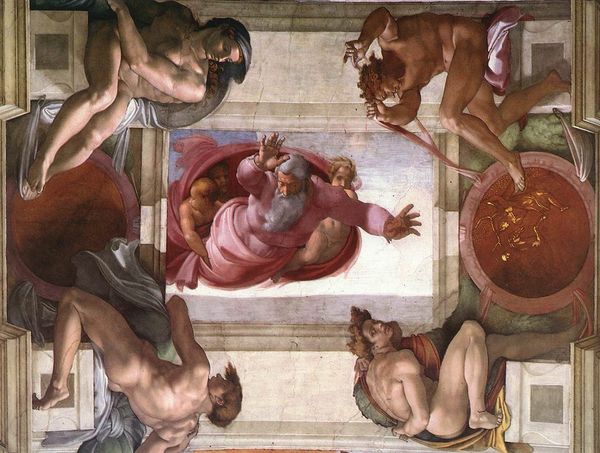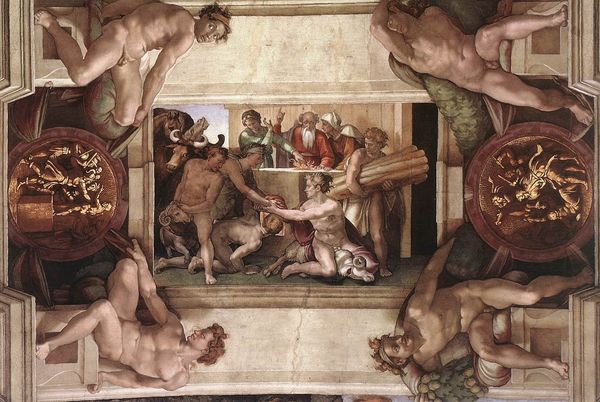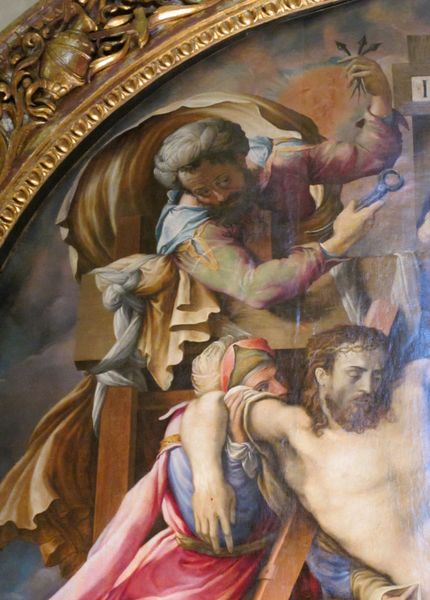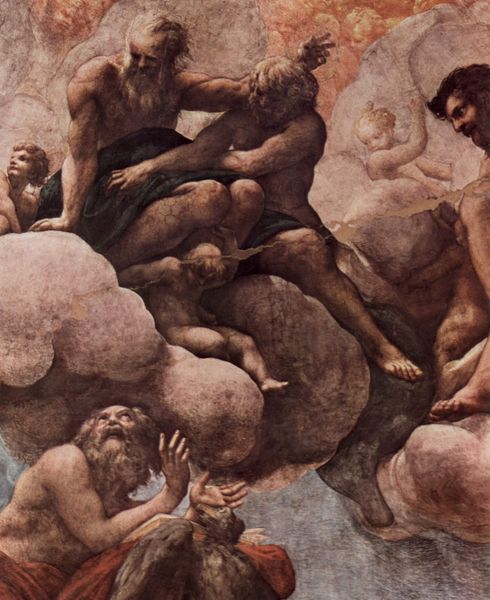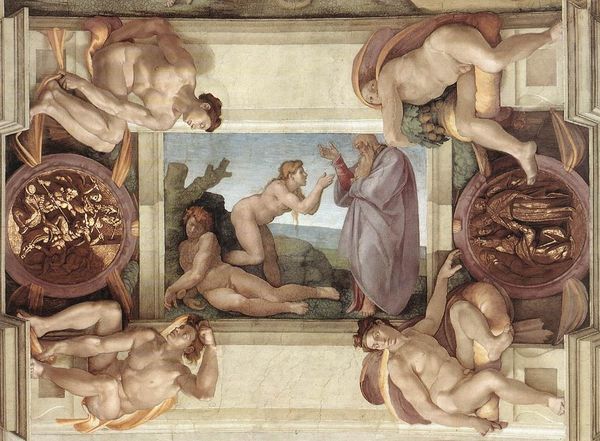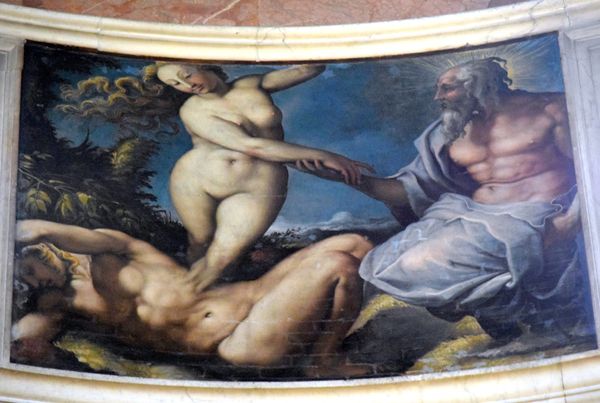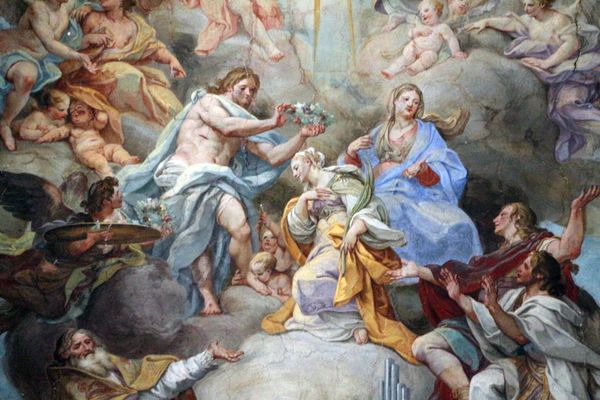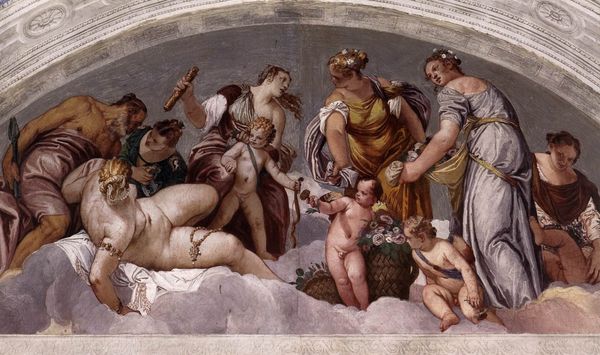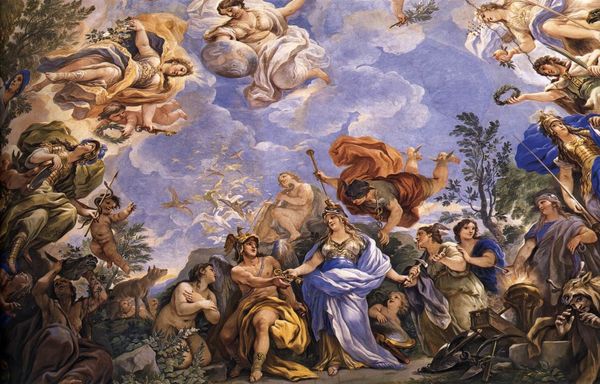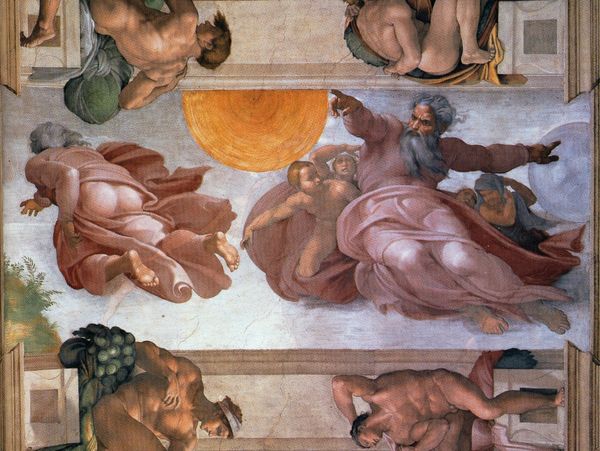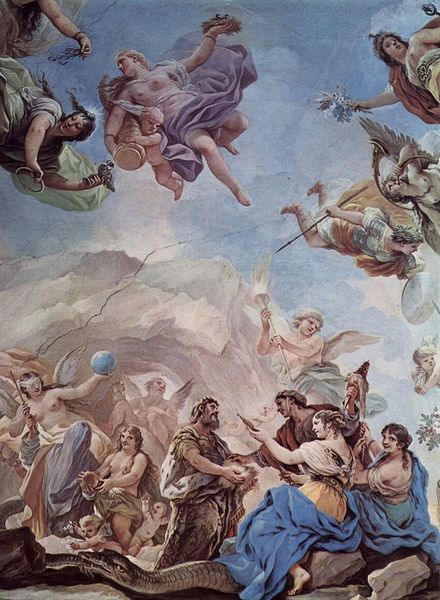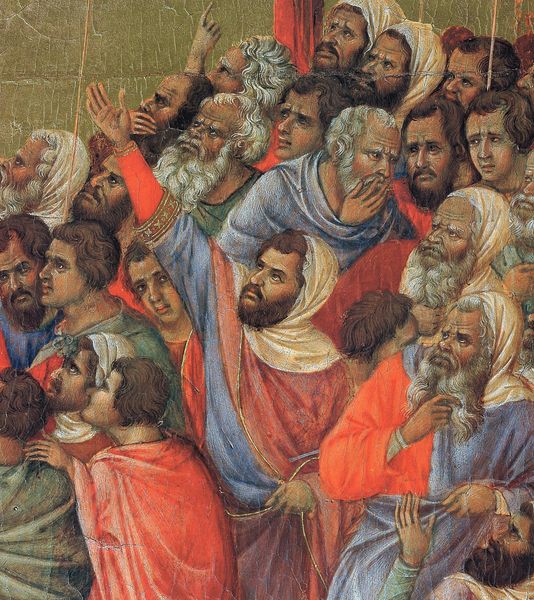Sistine Chapel Ceiling: Creation of Adam 1510
🔒Audio guide available with collection purchase
#
water colours
#
possibly oil pastel
#
oil painting
#
cupid
#
acrylic on canvas
#
underpainting
#
pastel chalk drawing
#
christianity
#
mythology
#
painting painterly
#
watercolour bleed
#
watercolour illustration
#
watercolor
#
christ
Dimensions: 280 x 570 cm
Copyright: Public domain

